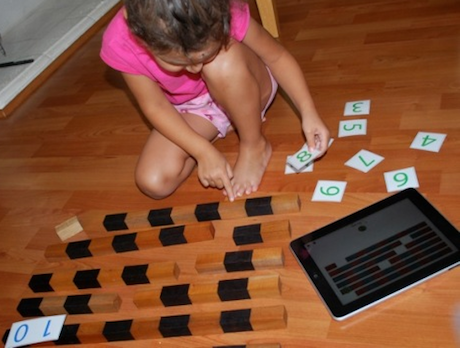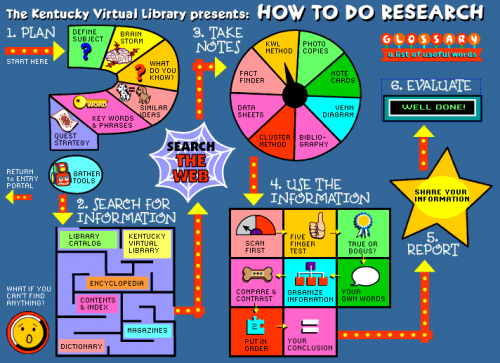Maria Montessori (1870-1952) took the idea that the human has a mathematical mind from the French philosopher Pascal. A mathematical mind, in her words, is “a sort of mind which is built up with exactity.” The mathematical mind tends to estimate, needs to quantify, to see identity, similarity, difference, and patterns, to make order and sequence and to control error. Young children observe and experience the world sensorial. Math is all around them from day one. How old are you? In one hour you will go to school. You were born on the 3rd.
The concrete Montessori materials for arithmetics are materialized abstractions. The child’s growing knowledge of the environment makes it possible for him to have a sense of positioning in space. Numerocity is also related to special orientation. The Montessori materials help the child construct precise and internal order.

Intro to Math by Montessorium elegantly adapts this idea for the use with the iPhone, iPad and iPod touch. It provides several activities to teach the numbers 0-9 and the concepts behind them: arranging a collection of rods from smallest to largest, learning how many bars are in another collection of rods, tracing numbers as they appear on screen, matching written numbers with rods, and matching dots from a box with numbers.

Maybe Montessori classrooms will include some iPads with Montessorium’s apps in the near future. There is a great potential for an enhanced learning experience using different approaches to the same old idea: that math is all around us.
Intro to Math by Montessorium on the App Store.
Wooden Montessori Materials at www.kidadvance.com.





